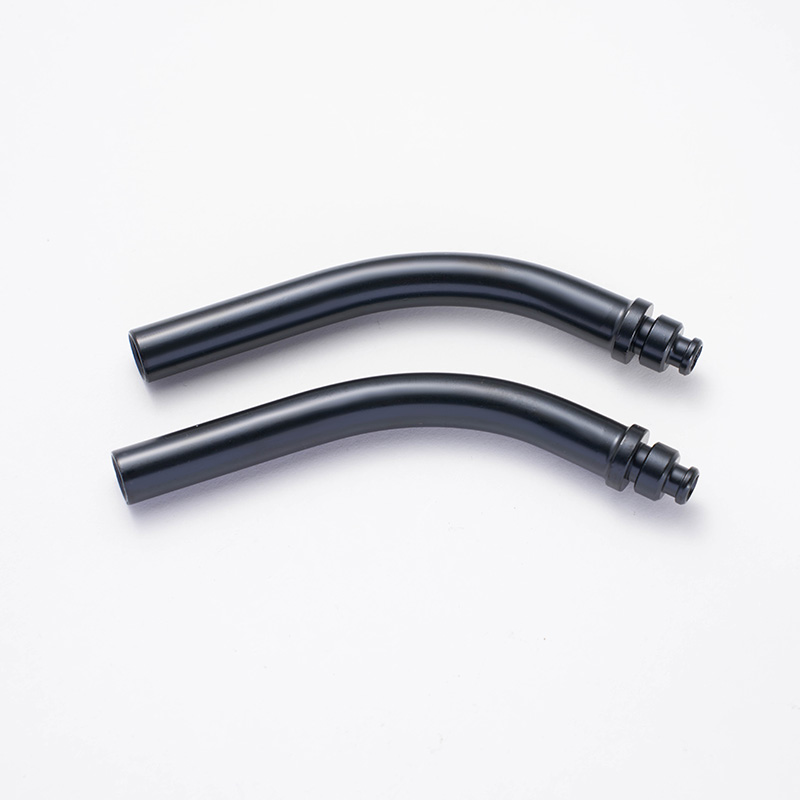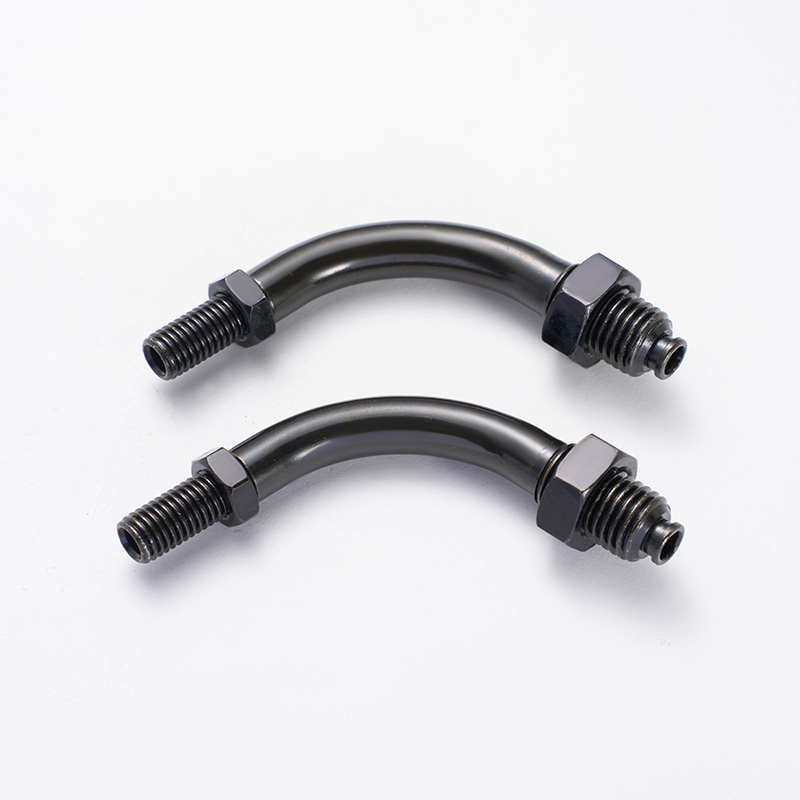E-bikes, or electric bicycles, have become increasingly popular for commuting and recreational use due to their efficiency and eco-friendliness. At the core of any e-bike is its battery, which powers the motor and influences the bike's range, speed, and overall performance. There are several types of batteries used in e-bikes, each with its unique characteristics and advantages.

Type 1: Lithium-Ion (Li-ion) Batteries
Features:
Lithium-ion batteries are the commonly used batteries in e-bikes today. They are known for their high energy density, which allows them to store more energy in a smaller, lighter package compared to other battery types. These batteries are typically made of lithium compounds, and they are rechargeable, making them highly efficient for repeated use. The common lithium-ion battery used in e-bikes is the lithium nickel manganese cobalt (NMC) battery.
Advantages:
High Energy Density: Li-ion batteries offer a higher energy output in a smaller, lighter size, which improves the bike’s overall performance and ease of use.
Long Cycle Life: Lithium-ion batteries can last for several hundred charge cycles, offering longevity and value for money.
Fast Charging: These batteries typically charge faster than their counterparts, allowing users to get back on the road sooner.
Efficiency: Li-ion batteries are highly efficient, with less energy lost during charging and discharging, contributing to a longer-lasting charge.
Type 2: Lithium Iron Phosphate (LiFePO4) Batteries
Features:
Lithium iron phosphate batteries, often referred to as LiFePO4, are a subtype of lithium-based batteries. They use iron phosphate as the cathode material instead of the more common cobalt, making them less expensive to manufacture. LiFePO4 batteries are known for their stability and safety. They also have a lower energy density than standard lithium-ion batteries, meaning they are larger and heavier for the same energy output.
Advantages:
Safety: LiFePO4 batteries are much safer than other lithium-ion batteries, with a lower risk of overheating or catching fire.
Longer Lifespan: These batteries generally have a longer lifespan and more charge cycles than other lithium-ion batteries.
Stability: The chemistry of LiFePO4 batteries makes them more stable and less prone to degradation over time.
Environmentally Friendly: The materials used in LiFePO4 batteries are less toxic, making them a more eco-friendly option.
Type 3: Nickel-Metal Hydride (NiMH) Batteries
Features:
Nickel-metal hydride batteries are less commonly used in modern e-bikes but can still be found in some older models. These batteries use nickel-based compounds for the positive electrode and a hydrogen-absorbing alloy for the negative electrode. While NiMH batteries are known for their environmental friendliness and affordability, they generally have a lower energy density than lithium-based batteries.
Advantages:
Environmentally Friendly: NiMH batteries do not contain toxic materials like cadmium, making them a more environmentally friendly choice.
Cost-Effective: They tend to be more affordable than lithium-ion batteries, which may be appealing to budget-conscious consumers.
Reliable Performance: NiMH batteries provide consistent power delivery and are relatively durable under various conditions.
Type 4: Lead-Acid Batteries
Features:
Lead-acid batteries are one of the oldest and least commonly used types of e-bike batteries. These batteries are heavier than lithium-based batteries and have a lower energy density. They consist of lead plates and sulfuric acid to store electrical energy. Lead-acid batteries are generally used in very budget-friendly or low-power e-bike models.
Advantages:
Affordable: Lead-acid batteries are much cheaper than lithium-based batteries, making them an attractive option for lower-cost e-bikes.
Availability: Lead-acid batteries are widely available and easy to replace, even in some rural or less developed areas.
Proven Technology: These batteries have been used for decades in various applications, and their reliability is well-documented.
What Are the Changes in the Characteristics of Electric Bicycle Batteries?
The characteristics of electric bicycle batteries have evolved significantly over the years. Technological advancements have led to improvements in efficiency, safety, longevity, and performance. Some of the key changes include:
Improved Energy Density: Over time, battery manufacturers have made strides in increasing the energy density of e-bike batteries. Modern lithium-ion batteries now store more energy in smaller, lighter packages, which translates to longer ranges for riders. This reduction in weight helps improve the bike's performance and overall handling.
Enhanced Charging Speed: Battery charging times have dramatically reduced. Advanced lithium-based technologies allow for faster charging cycles, which means riders spend less time waiting for their bikes to charge. Some e-bikes can now be fully charged in under four hours, a significant improvement over older battery types that took much longer.
Increased Lifespan: One of the significant advancements has been the increase in battery lifespan. Lithium-ion batteries, for example, now typically last for hundreds of charge cycles, offering up to 3–5 years of use depending on maintenance and care. This longer lifespan provides more value for money and reduces the need for frequent replacements.
Better Safety Features: Early e-bike batteries, particularly those using less stable chemistries like lead-acid or older lithium types, often posed safety risks, including overheating and fires. Modern batteries, especially lithium iron phosphate (LiFePO4), are much safer. Enhanced battery management systems (BMS) help regulate temperature, voltage, and current to ensure safe operation.
Greater Environmental Impact Considerations: Battery manufacturers are increasingly focusing on the environmental impact of production and disposal. LiFePO4 batteries are a prime example of a safer, more eco-friendly option. There is also a growing emphasis on recycling and reducing the use of toxic materials, such as cobalt, to make batteries more sustainable.
Integration of Smart Features: Modern e-bike batteries often come with integrated smart features, such as real-time monitoring and diagnostics. Riders can now track battery performance, check charge status, and receive alerts about potential issues via smartphone apps, providing greater convenience and control.
Cost Reduction: The cost of e-bike batteries has decreased over the years as technology has improved and production scales have increased. While lithium-based batteries remain more expensive than alternatives, the price gap has narrowed, making high-quality e-bikes more accessible to a wider range of riders.
 boo@zjmgmm.com / 958587858@qq.com
boo@zjmgmm.com / 958587858@qq.com English
English русский
русский Español
Español عربى
عربى







 English
English  Building 33, Demonstration Park, No. 318 Chenguang Road, Eastern New District, Wenling City, Taizhou City, Zhejiang Province, China
Building 33, Demonstration Park, No. 318 Chenguang Road, Eastern New District, Wenling City, Taizhou City, Zhejiang Province, China  0086-576-86337978
0086-576-86337978  0086-576-86333878
0086-576-86333878
 boo@zjmgmm.com
boo@zjmgmm.com 